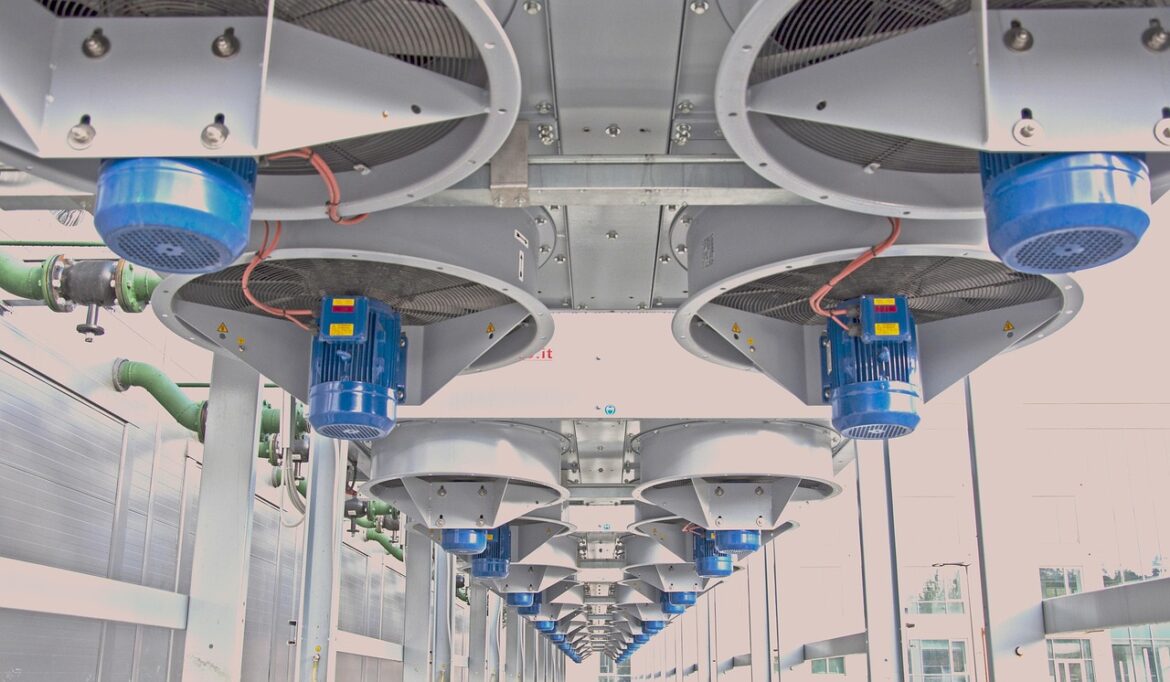In today’s fast-paced digital landscape, cybersecurity is no longer just about protecting computers; it’s about guarding our entire lifestyle. From AI-powered threat detection to securing connected devices, the latest trends in cybersecurity aim to stay ahead of evolving threats. Let’s explore five trending products and technologies that are making waves in this field:
Introduction to Cybersecurity Trends
Cybersecurity has become a top priority for businesses around the world. With the rise of Generative AI (GenAI), cloud services, and sophisticated threats, the need for robust security measures is more pressing than ever. Here are some of the key trends and products shaping the cybersecurity landscape in 2025:
1. GenAI for Cybersecurity
GenAI is revolutionizing cybersecurity by enhancing threat detection and response. Cybercriminals are using GenAI for advanced attacks, but organizations can use it to their advantage by deploying GenAI-powered systems to outsmart these threats. Companies like Abnormal Security are leading the way by integrating AI into their security platforms to better protect email inboxes from potential attacks.
2. Zero Trust Security with Cloud
As organizations move more operations into the cloud, securing these environments has become critical. Zero Trust Architecture ensures that no device, user, or service is trusted by default, requiring constant verification of access requests. This approach, combined with strong cloud security protocols like encryption and continuous monitoring, helps protect against unauthorized access and breaches in multi-cloud or hybrid environments.
3. Secure by Design for Emerging Business Models
With new business models emerging, the importance of security by design cannot be overstated. This involves embedding security into every stage of product development, ensuring that products are safe right from the start. This proactive approach helps organizations avoid costly retrofits and makes them more resilient to potential threats.
4. Penetration Testing and Vulnerability Management
Penetration testing and managing vulnerabilities are crucial now more than ever. The CyberCX Hack Report for 2025 highlights key vulnerabilities, particularly in application security and identity management. Companies are using ethical hacking to identify and fix these weaknesses, ensuring they stay ahead of cybercriminals.
5. Secure Connected Devices
With the Internet of Things (IoT) expanding rapidly, securing connected devices has become a major concern. Routers are among the most vulnerable devices, so ensuring they are properly configured and updated is essential for preventing large-scale breaches. Forescout’s report on the riskiest connected devices underscores the importance of vigilant device management.
Real-World Impact
Let’s look at how these trends are impacting real-world businesses and cities:
Case Study: Secure Cities Imagine a city where all its infrastructure, from traffic lights to public Wi-Fi, is connected and secured. This isn’t just a futuristic dream; cities around the world are integrating cybersecurity into their core systems to safeguard citizens’ data and ensure the smooth functioning of services.
Global Cooperation Against Cybercrime As cybercrime grows in sophistication, international cooperation is becoming more important than ever. The West and China are working together to combat cyber threats, acknowledging that cybercrime knows no borders and requires a collective response.
As we navigate the complex world of cybersecurity, these trends show us how technology can both threaten and protect us. By embracing these innovations and strategies, we can build a safer digital future for everyone.
Recommendations for Businesses
Here are a few practical tips to keep your organization secure in 2025:
- Adopt AI in Cybersecurity: Use AI-powered solutions to enhance threat detection and response.
- Implement Zero Trust Architecture: Ensure all access requests are verified to prevent unauthorized access.
- Conduct Regular Penetration Tests: Identify vulnerabilities before they are exploited by hackers.
- Secure Connected Devices: Regularly update and monitor all connected devices, especially routers and IoT devices.
By focusing on these areas, businesses can significantly reduce their risk of falling victim to cyber threats and ensure a secure and resilient digital environment.
References:
- https://www.tcs.com/who-we-are/newsroom/news-alert/tcs-launches-2025-cybersecurity-outlook-gen-ai-cloud-security-zero-trust-remain-key-priorities-enterprises
- https://securitybrief.co.nz/story/key-security-vulnerabilities-revealed-in-2025-hack-report
- https://cloud.google.com/transform/101-real-world-generative-ai-use-cases-from-industry-leaders
- https://www.crn.com/news/security/2025/the-20-hottest-ai-cybersecurity-companies-the-2025-crn-ai-100
- https://www.weforum.org/stories/2025/04/china-the-west-cyberspace/
- https://www.danone.com/content/dam/corp/global/danonecom/investors/en-all-publications/2025/registrationdocuments/urd2024accessibleversion.pdf
- https://www.securityweek.com/study-identifies-20-most-vulnerable-connected-devices-of-2025/
- https://www.youtube.com/watch?v=_7B0CZ8f7ZY



